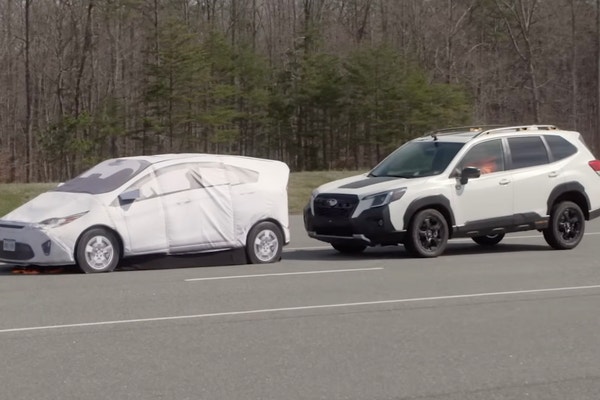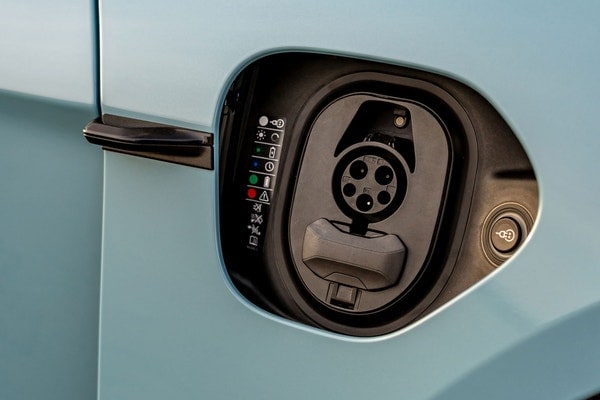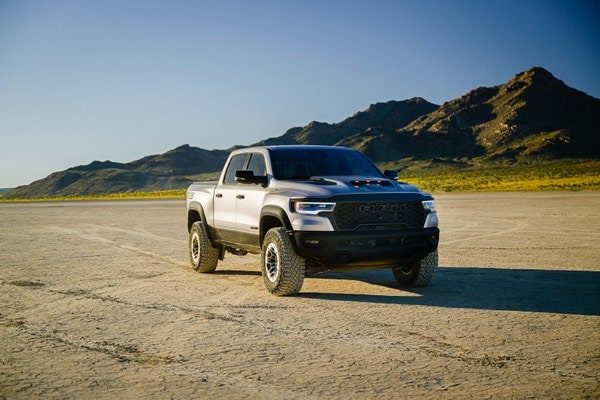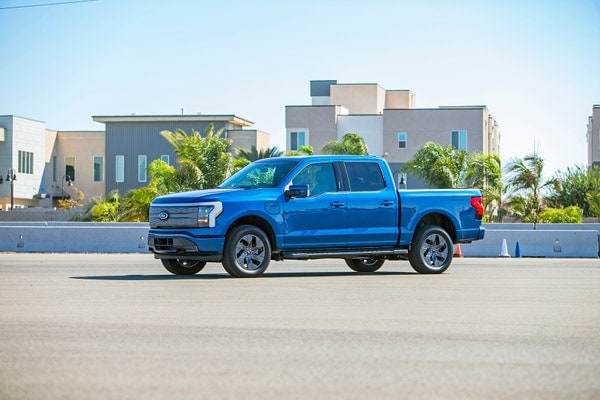Used 2017 Ford Transit Van 350 Medium Roof Transit Van Review
Consumer reviews
There are no consumer reviews for the 2017 Ford Transit Van 350 Medium Roof Transit Van.
Edmunds Summary Review of the 2017 Ford Transit Van 350 Medium Roof Transit Van
Pros & Cons
- Pro:Numerous available configurations help provide plenty of cargo-carrying capability
- Pro:Strong and fuel-efficient gasoline and diesel engines
- Pro:Sync 3 infotainment system is extremely easy to use
- Pro:Pleasant road manners for a van
- Con:Lack of available V8 engine may be a turn-off for traditional van buyers
Full Edmunds Review: 2017 Ford Transit Van Transit Van
Driving
The first thing drivers will notice is that the 2017 Ford Transit Van handles the road in a way no truck-based van could hope to match. The steering responds easily and gives feedback more like a family car than a full-size truck. A relatively tight turning circle is another welcome attribute of the Transit. Well-managed road and wind noise make the Transit's cabin quieter than the norm for full-size vans, although pelting rain hammers the roof and can generate considerable noise in the cavernous cargo bay.
The Transit's standard 3.7-liter V6 has respectable power but may be a bit lacking for those planning to transport a lot of heavy cargo on a regular basis. The turbocharged 3.5-liter V6 is a different animal, as it effortlessly propels even a fully loaded Transit. The 3.2-liter diesel is quiet and gutsy, though it ultimately lacks the oomph of the 3.5-liter V6. Like the other two engines, it cooperates almost invisibly with the standard six-speed automatic transmission.
Interior
A big advantage of the 2017 Ford Transit Van compared to the old E-Series van is the generously low step-in height. No more climbing and clambering over wide sills to enter the cabin, and there's no need to use the rear bumper as a stair when stepping inside the cargo area either, thanks to a low floor. The tall center console, close-to-hand gear selector and easy-to-access audio and climate controls work in harmony to make the drive go more smoothly. If you care about the latest infotainment technology, using the new-for-last-year Sync 3 interface feels like operating your smartphone. Large virtual buttons are easy to push even if you aren't paying strict attention to the screen, and the navigation system incorporates familiar functions like pinch-to-zoom and swiping gestures.
The extended-length version of the 2017 Transit on the 148-inch wheelbase can carry 14-foot lengths of pipe or lumber with the doors shut. The shortest version of the van, on the standard 130-inch wheelbase, can carry items up to 10 feet in length with the doors closed. Workers up to 6-feet 5-inches tall can stand upright in the high-roof Transit Van. Full 4-by-8-foot sheets of plywood can lie flat inside all but the models equipped with the optional dual rear wheels.
Cargo area volume runs from 246.7 cubic feet in the low-roof, standard-wheelbase model to a whopping 487.3 cubic feet for the long-wheelbase, extended-length van.
Edmunds Insurance Estimator
The Edmunds TCO® estimated monthly insurance payment for a 2017 Ford Transit Van in Ohio is:
not available


